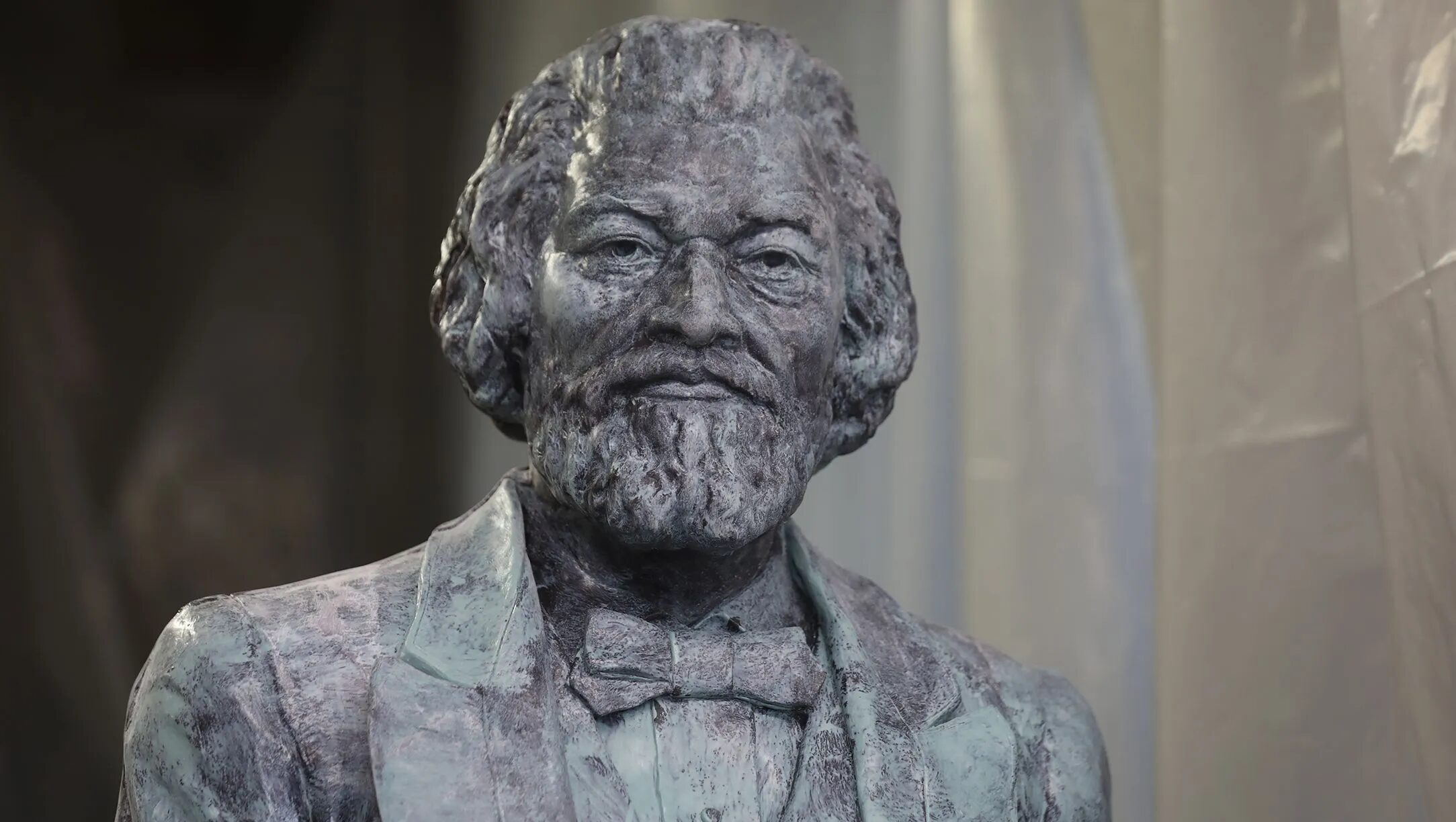OF THE
TIMES
A small body of determined spirits fired by an unquenchable faith in their mission can alter the course of history.
to allow the government to collect the actual content of your conversations (phone calls, text messages, video chats, emails and other electronic...
If this was to die on the senate floor, this one bill would be good one to die.
That area of the planet has been experiencing extreme tension since the Solar Eclipse. Tonight is a difficult 🦂 FullMoon.
Off leash or what? Did the mother think her 15mo child needed to visit a couple of pit bulls for fun? This story is so badly written it makes one...
Did that include being chief fluffer for Big Mike :O The defendant held multiple roles in the Obama administration Fluffer (Wiki explanation) -...
To submit an article for publication, see our Submission Guidelines
Reader comments do not necessarily reflect the views of the volunteers, editors, and directors of SOTT.net or the Quantum Future Group.
Some icons on this site were created by: Afterglow, Aha-Soft, AntialiasFactory, artdesigner.lv, Artura, DailyOverview, Everaldo, GraphicsFuel, IconFactory, Iconka, IconShock, Icons-Land, i-love-icons, KDE-look.org, Klukeart, mugenb16, Map Icons Collection, PetshopBoxStudio, VisualPharm, wbeiruti, WebIconset
Powered by PikaJS 🐁 and In·Site
Original content © 2002-2024 by Sott.net/Signs of the Times. See: FAIR USE NOTICE

Comment: There is no 'why' in this act. It doesn't fit the ideology of BLM or any who seek reform or justice, as misguided as they may be. It just goes to show that this 'movement' isn't a movement or even an ideology. It's just people who want to watch the world burn.
See also: